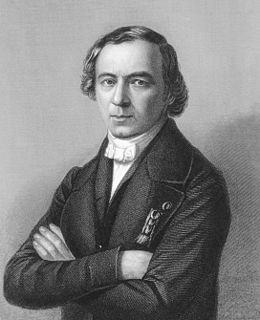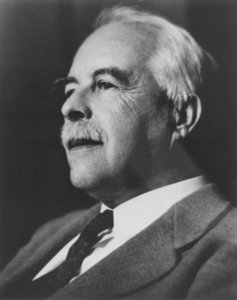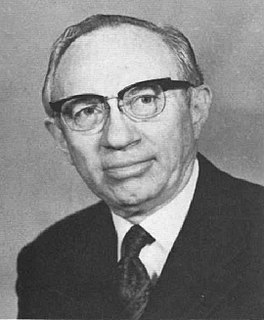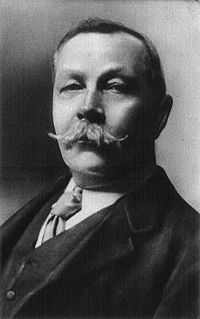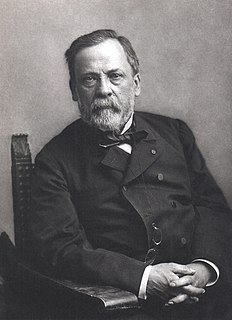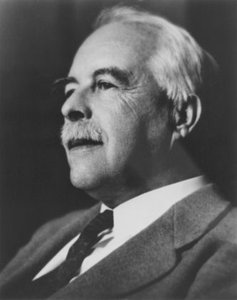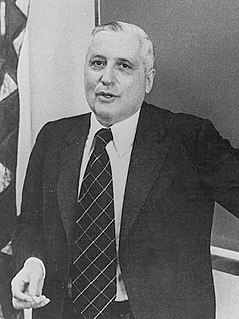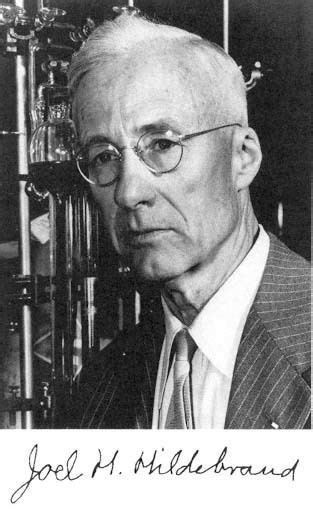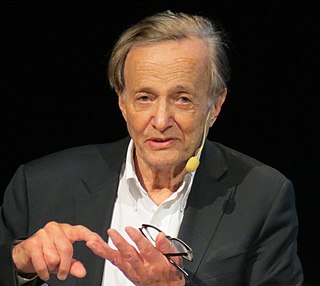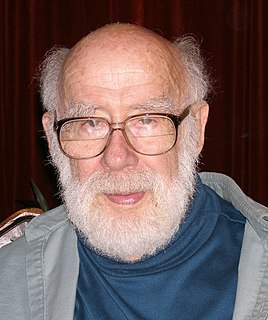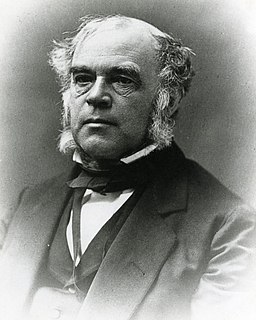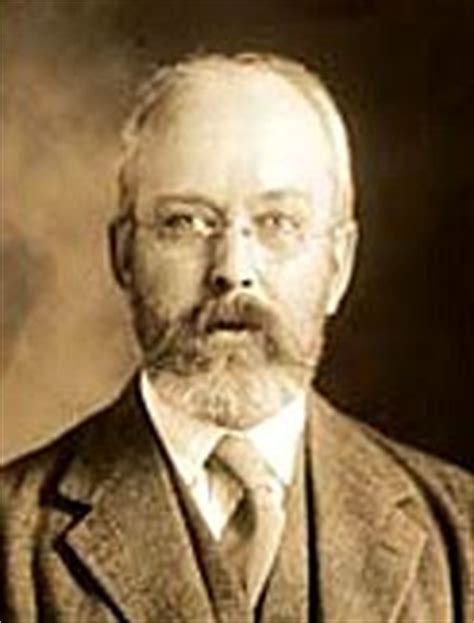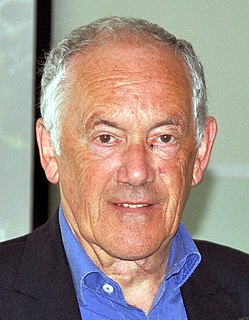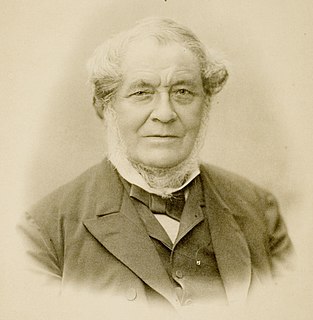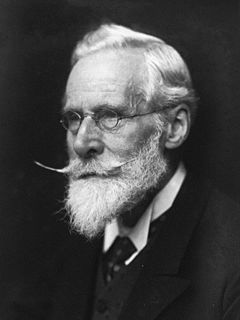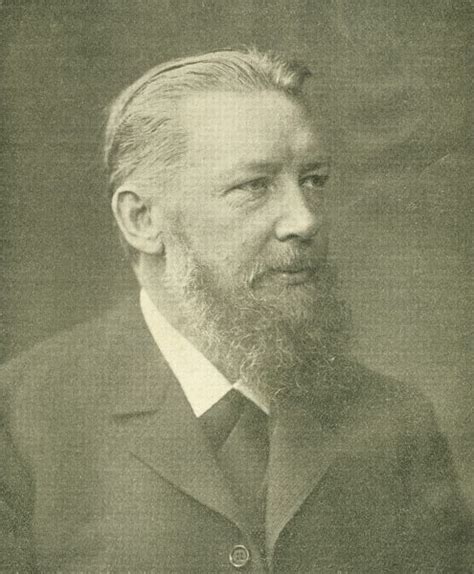A Quote by Henry Edward Armstrong
I notice that, in the lecture … which Prof. Lowry gave recently, in Paris … he brought forward certain freak formulae for tartaric acid, in which hydrogen figures as bigamist … I may say, he but follows the loose example set by certain Uesanians, especially one G. N. Lewis, a Californian thermodynamiter, who has chosen to disregard the fundamental canons of chemistry—for no obvious reason other than that of indulging in premature speculation upon electrons as the cause of valency
Related Quotes
In my practice as surgeon, I am impressed by the alarming increase of cancer cases brought to my notice; an increase, which in the light of the general hygienic and sanitary improvements of our time, can point to no other cause than the indulgence in certain foodstuffs detrimental to normal life of the body.
We set up a certain aim, and put ourselves of our own will into the power of a certain current. Once having done that, we find ourselves committed to usages and customs which we had not before fully known, but from which we cannot depart without giving up the end which we have chosen. But we have no right, therefore, to claim that we are under the yoke of necessity. We might as well say that the man whom we see struggling vainly in the current of Niagara could not have helped jumping in.
The romantic temper, so often and so grievously misinterpreted and not more by others than by its own, is an insecure, unsatisfied, and impatient temper which sees no fit abode here for its ideals and chooses therefore to behold them under insensible figures. As a result of this choice it comes to disregard certain limitations. Its figures are blown to wild adventures, lacking the gravity of solid bodies, and the mind that has conceived them ends by disowning them.
If it is true that it is the simplicity of the Einsteinian formulae which constitutes their difficulty, that they are so obvious as to escape notice, it seems to me that this applies to events in life, numberless happenings, perhaps the basic ones, which we, saturated in detail and hurrying through subdivisions, lose sight of.
Love has been taken away from the poets, and has been brought within the domain of true science. It may prove to be one of the great cosmic elementary forces. When the atom of hydrogen draws the atom of chlorine towards it to form the perfected molecule of hydrochloric acid, the force which it exerts may be intrinsically similar to that which draws me to you. Attraction and repulsion appear to be the primary forces. This is attraction.
When carbon (C), Oxygen (o) and hydrogen (H) atoms bond in a certain way to form sugar, the resulting compound has a sweet taste. The sweetness resides neither in the C, nor in the O, nor in the H; it resides in the pattern that emerges from their interaction. It is an emergent property. Moreover, strictly speaking, is not a property of the chemical bonds. It is a sensory experience that arises when the sugar molecules interact with the chemistry of our taste buds, which in turns causes a set of neurons to fire in a certain way. The experience of sweetness emerges from that neural activity.
[Albert Camus] also says that nothing is true which forces exclusion. From that, you're obliged to accept contradictions if you don't want to reject certain obvious things about life, certain evidences. If you create a system, and you say 'here there is truth', in that kind of pathway [chemin], then you'll evacuate all the other pathways and you'll kill life. It's up to each individual.
Are the atoms of the dextroacid (tartaric) grouped in the spirals of a right-hand helix or situated at the angles of an irregular tetrahedron, or arranged in such or such particular unsymmetrical fashion? We are unable to reply to these questions. But there can be no reason for doubting that the grouping of the atoms has an unsymmetrical arrangement with a non-superimposable image. It is not less certain that the atoms of the laevo-acid realize precisely an unsymmetrical arrangement of the inverse of the above.





